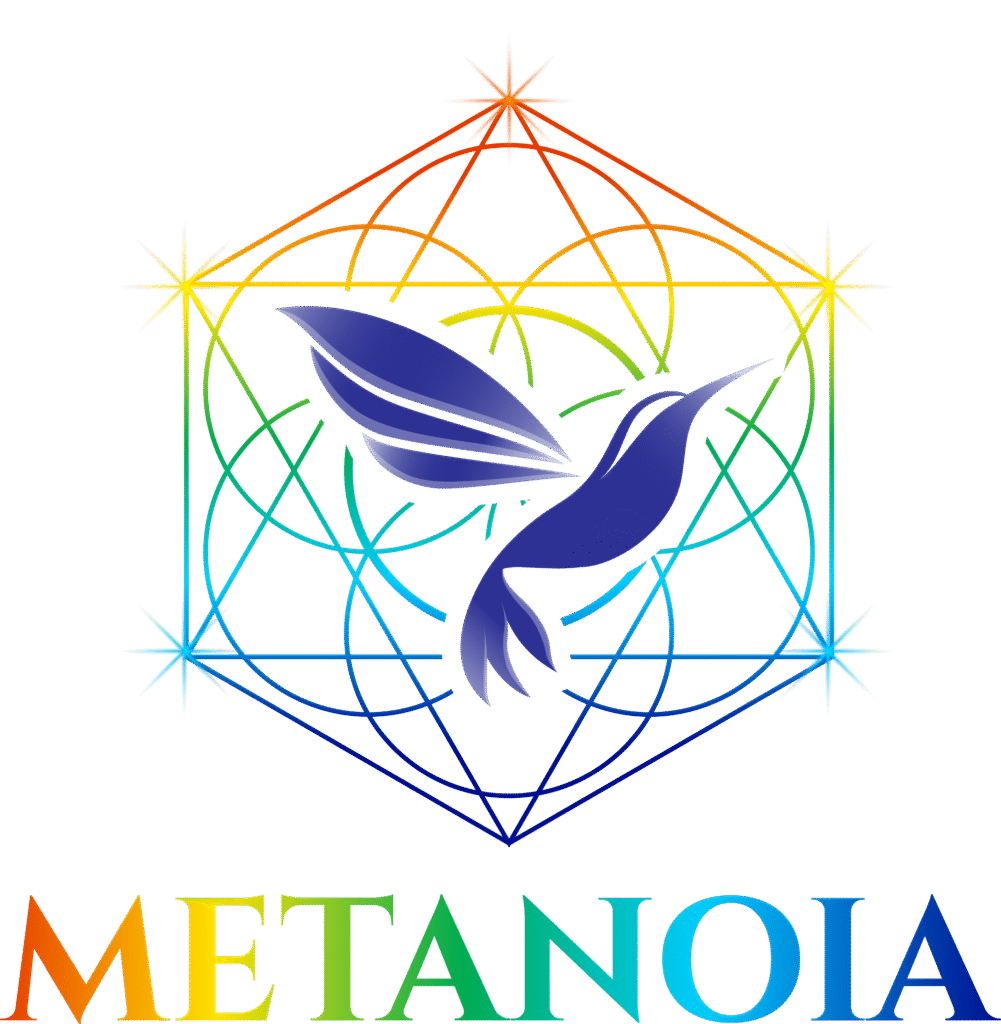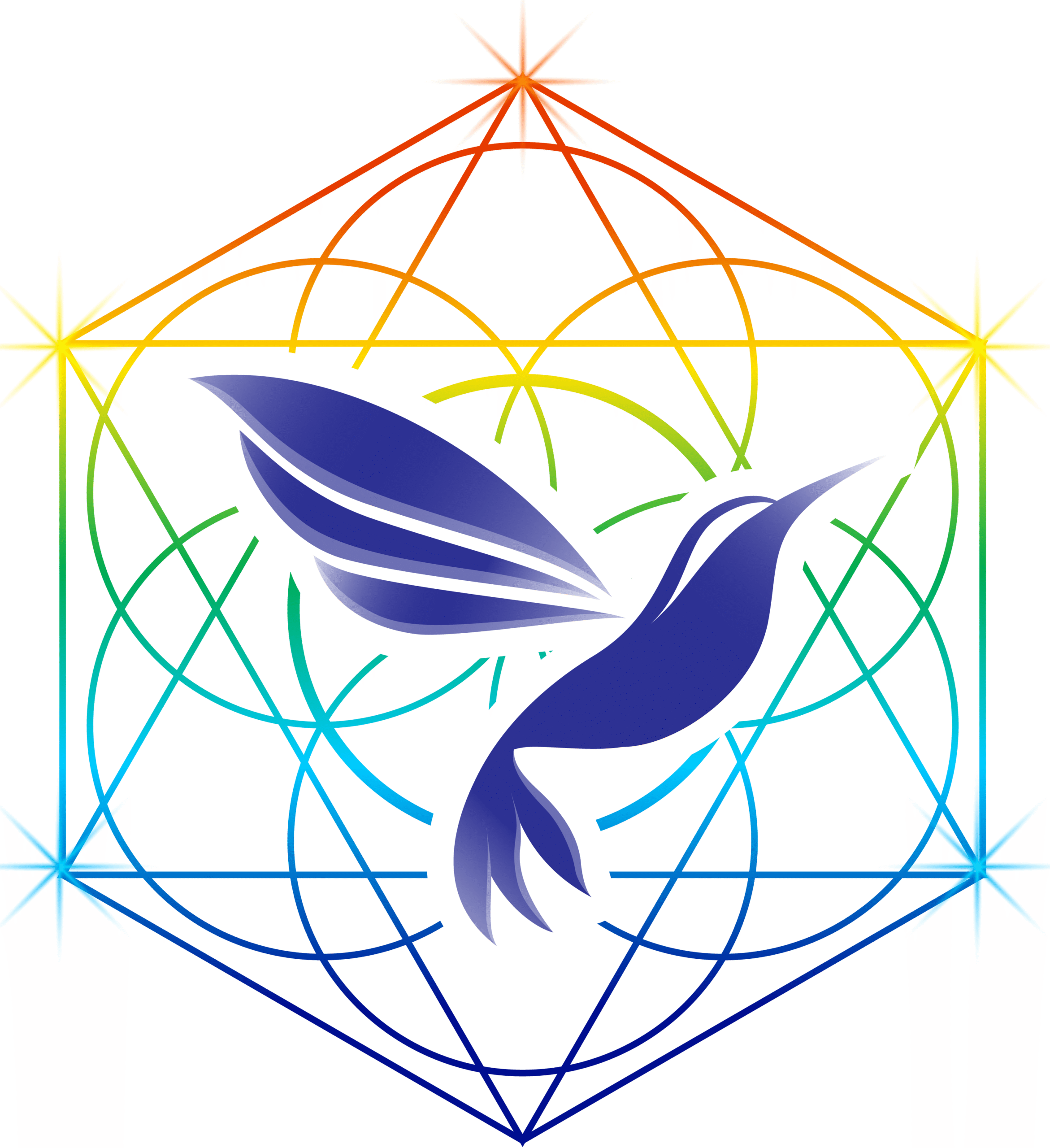What Is Shamanism?
A Path as Old as Time, A Bridge Between Worlds Shamanism is one of the most ancient spiritual practices known to humankind—traced back over 40,000 years through cave art, burial rites, and oral traditions across every inhabited continent. Long before organized religion, there were the shamans: the dreamers, the seers, the healers, the ones who bridged the visible and invisible worlds to bring balance, clarity, and healing to their communities.The word shaman comes to us through the Tungusic peoples of Siberia, where it was first recorded by Russian anthropologists. Yet the practice itself is not confined to any one culture or place—it is a universal language of the soul. From the high Andes of Peru and the deep rainforests of the Amazon to the steppes of Mongolia, the deserts of Australia, the plains of Africa, and the sacred ceremonies of North America’s First Nations—shamanic wisdom has risen from the earth through those called to serve as mediators between the spirit and the material.
Where It Originated & How It Spread
Shamanism is not the product of a single origin point, but rather an indigenous intelligence that arose independently across the globe. It is believed that our earliest ancestors, over tens of thousands of years ago, observed nature, entered trance states, and listened deeply to the rhythms of the Earth, the stars, the plants, and the animals. This listening birthed medicine songs, rituals, and ceremonies that formed the foundation of what we now call shamanism.Anthropological findings point to early shamanic sites in:
- Siberia and Central Asia
- Africa, the cradle of humankind
- Indigenous Australia
- The Americas
Though each tradition is distinct, there are universal threads: journeying into non-ordinary reality, working with spirits, divination, soul retrieval, energy healing, and the use of sacred tools such as drums, rattles, feathers, smoke, and voice.
The Meaning of Shamanism
At its core, shamanism is not a belief system—it is a direct, experiential path to the sacred. A shaman is not just a healer, but a “walker between worlds,” one who has answered a call to serve. They undergo spiritual initiation, often through illness, vision, or deep training, and return with medicine—both literal and metaphysical—to restore harmony.Shamanism teaches that all of life is interconnected, and that imbalance in the spiritual realm eventually manifests in the physical, emotional, or societal. The shaman listens deeply to this web of life, aligning the individual and the collective with the greater whole.
At Metanoia, our approach to shamanism is rooted in authentic indigenous lineages while also honoring the evolving needs of the modern soul. We are students and stewards of this ancient way—not only practitioners but also bridge-builders, bringing this medicine forward with reverence, humility, and integrity.
Understanding Shamanism – For Metanoia
Shamanism is one of the oldest spiritual practices on Earth—dating back over 40,000 years. Found across everycontinent, it is a sacred, experiential path that connects us with nature, spirit, and the unseen world.Originating independently in places like Siberia, Africa, Australia, and the Americas, shamanism is a universal traditionthat uses ceremony, energy medicine, and sacred tools to bring healing and harmony to individuals and communities.At Metanoia, we honor this ancient wisdom through deep-rooted, respectful practice, offering shamanic healing thatbridges ancient traditions and modern needs—with reverence, heart, and integrity.


